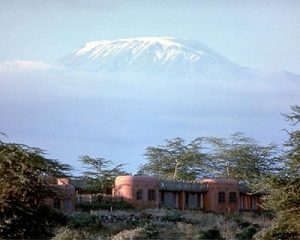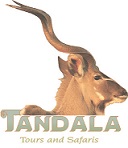 Amboseli was established as a reserve in 1968 and gazetted as a National Park in 1974. The Park covers 392 square km. Amboseli lies immediately North West of Mt. Kilimanjaro, on the border with Tanzania.
Amboseli was established as a reserve in 1968 and gazetted as a National Park in 1974. The Park covers 392 square km. Amboseli lies immediately North West of Mt. Kilimanjaro, on the border with Tanzania.
The park has a single airstrip for light aircraft at Empusel gate. Other airstrips exist at Kilimanjaro Buffalo lodge and Namanga town.By road the park is 240 km from Nairobi using the Namanga route or 228 km using the Emali route. Large concentrations of wildlife occur here in the dry season, making Amboseli a popular tourist destination.
Amboseli is famous for its big game and its great scenic beauty – the landscape is dominated by Mt. Kilimanjaro. The National Park embodies 5 main wildlife habitats (open plains, acacia woodland, rocky thorn bush country, swamps and marshland) and covers part of a pleistocene lake basin, now dry. Within this basin is a temporary lake, Lake Amboseli, that floods during years of heavy rainfall.
Climate
The climate is mainly hot and dry. Amboseli is in the rain shadow of Mt. Kilimanjaro. The maximum average temperature of the warmest month is 33°C during the day, while that of the coldest is 27-28°C. An annual rainfall of 300mm per annum is distributed in two seasons: April/May and November/December. Recurrent droughts and potential evaporation of 2200mm per annum typifies the region (KWS, 1991).
Major attractions
- Mt. Kilimanjaro
- Mt. Meru
- Observation Hill which allows an overall view of the whole park especially the swamps and elephants,
- Contemporary Maasai culture and indigenous lifestyle
